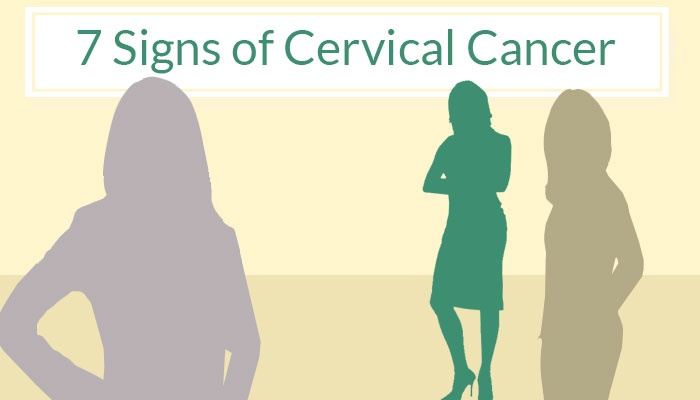Cervical cancer is the cancer that forms in the tissues of the cervix, organ which connects the uterus and vagina. Until advanced stages the symptoms of this cancer is absent.
The human papillomavirus, also known as HPV, infection is an important factor for all types of cervical cancer. The HPV vaccine, licensed in the U.S. and the EU, is effective against the two strains of the HPV, which is together responsible for about seventy percent of all cervical cancers.
Cervical cancer symptoms
The symptoms of cervical cancer are as listed below:
• Vaginal bleeding
• Contact bleeding
• Vaginal mass (rare) that indicate malignancy presence
• Moderate pain at the time of intercourse
• Vaginal discharge
The symptoms for advanced stages of cervical cancer are:
• Loss of appetite
• Weight of loss
• Fatigue
• Pelvic pain
• Back pain
• Leg pain
• Single swollen leg
• Heavy vaginal bleeding
• Urine leak
• Leaking of faeces from the vagina
• Bone fractures
Causes of cervical cancer
Infection with a high-risk strain of human papillomavirus is the important factor to cause cervical cancer. In it the virus cancer link triggers alterations in the cervix cells. This as a result leads in the development of cervical intraepithelial neoplasia and this further leads to cancer. Studies show that women having many sex partners have a greater risk of cervical cancer. The studies also show that women who have sex with men or women having many other partners may also have the risk of cervical cancer.
According to American Cancer Society the following are the causes of cervical cancer:
• Human papillomavirus (HPV) infection
• Smoking
• HIV infection
• Chlamydia infection
• Dietary factors
• Hormonal contraception
• Multiple pregnancies
• Hormonal drug diethylstilbestrol exposure (DES)
• Family history
Few of the studies suggest that routine neonatal male circumcision may lower the risk of cervical cancer in the future female sex partner.
Cervical cancer statistics
The below is the estimation of new cases and death due to pancreatic cancer in the year 2009 in the United States:
• New cases – 11,270
• Deaths – 4,070









